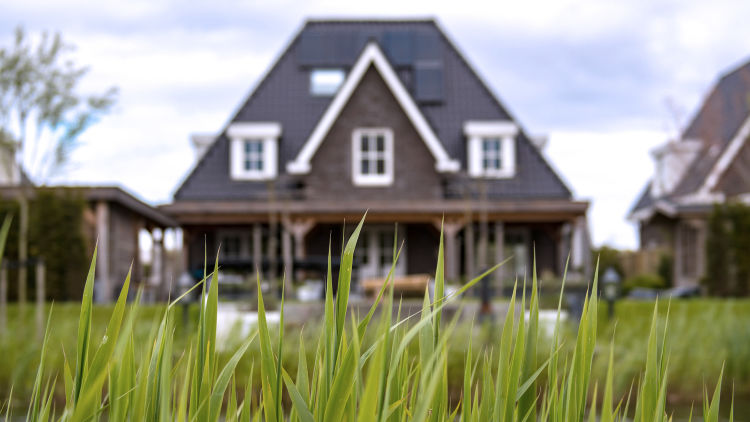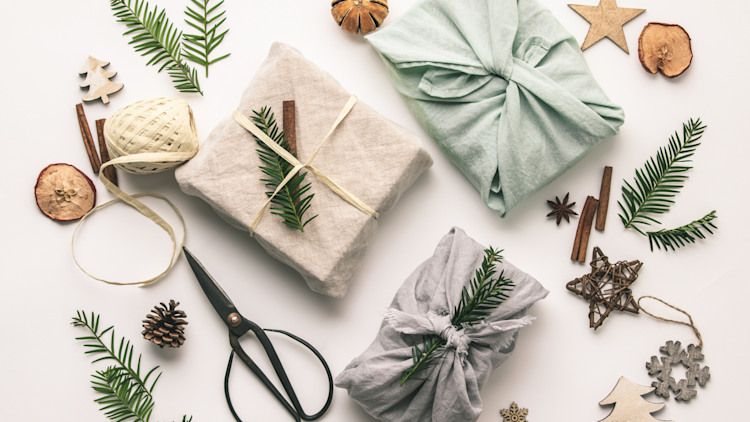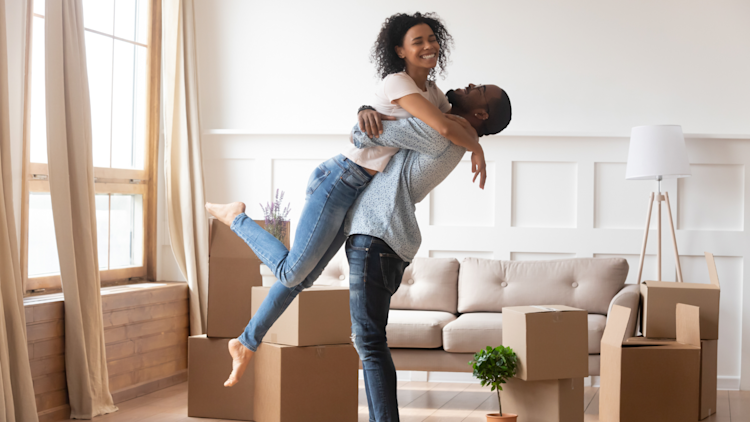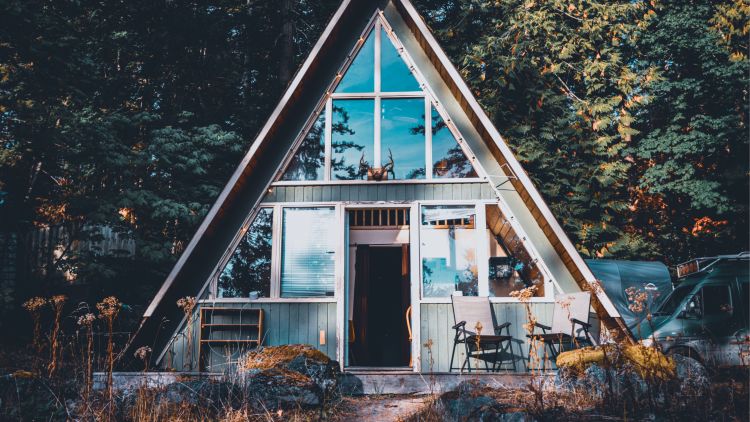Seven Easy Ways to Set Up Your Home for Happiness with Danish Design
Hygge expert Mette Johansen Keating offers seven interior design tips for a more comfortable homelife.
by ecobee on 02/11/2021 in Home & Design
13 min read
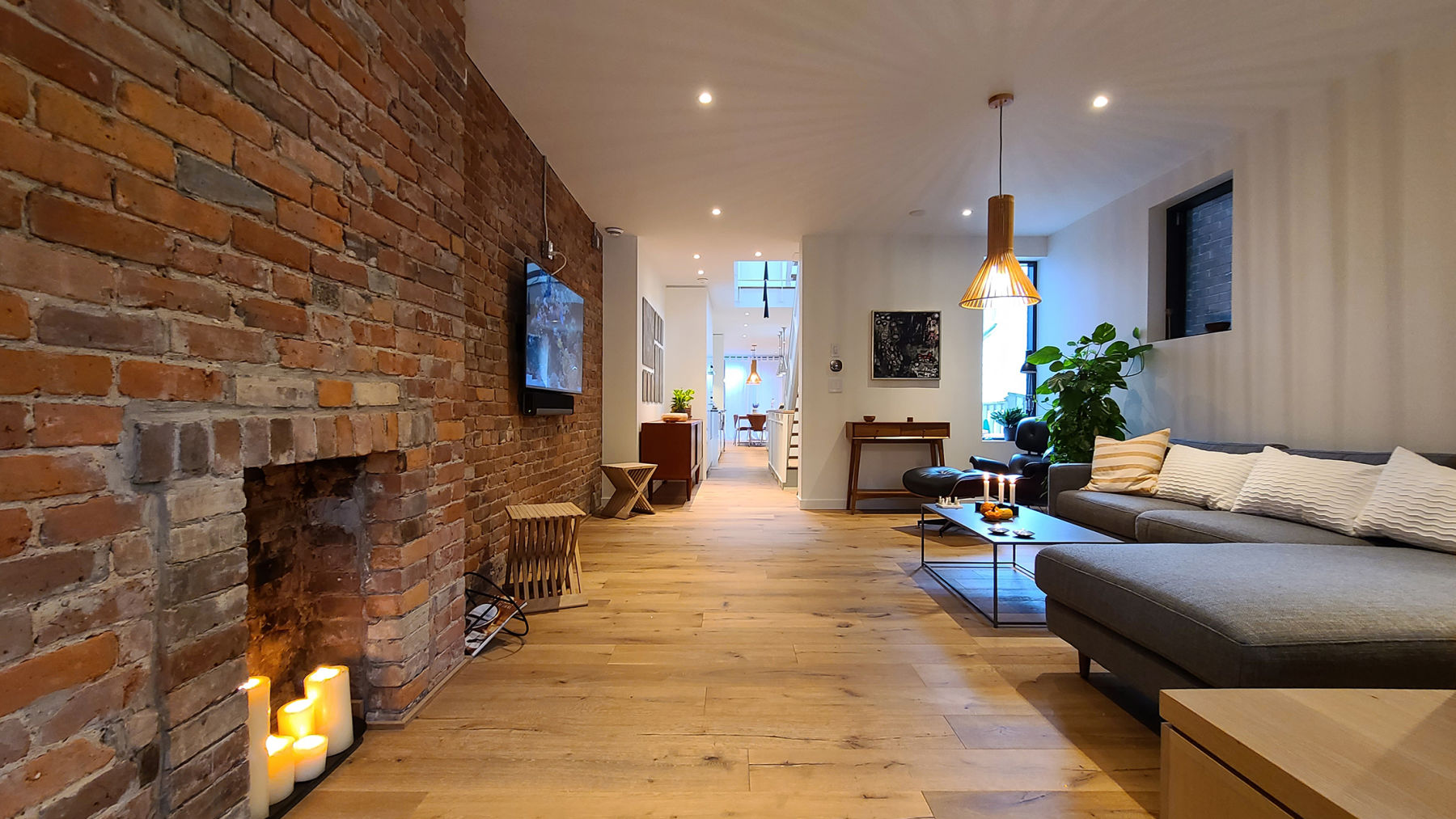
The pandemic has transformed homelife. Until a year ago, our homes were primarily places to relax and recharge. Fast-forward to today, and we’re asking more from them than ever, not just as places to wind down, but as places to work, learn, and exercise. In these changing times, we are all looking for easy, low-cost solutions to make life at home more liveable in every context.
Enter Mette Johansen Keating. She is founder and creative director of mettespace, a boutique interior design firm based in Toronto. Mettespace optimizes homes and offices based on the human-centric Danish philosophies of hygge (translated as cozy, warm, and friendly) and arbejdsglæde (work-joy). These concepts are embedded in the culture in her native Denmark, and they guide Johansen Keating’s approach to home and workplace design.
By synthesizing hygge and arbejdsglæde with the Scandinavian design principles of function, simplicity, and beauty, and with a special focus on wellness, Johansen Keating creates spaces in which people can thrive and flourish.
On a cold and blustery winter day in Toronto, Johansen Keating walked us through some easy and affordable ways to bring more warmth and joy into our homes in these challenging times.
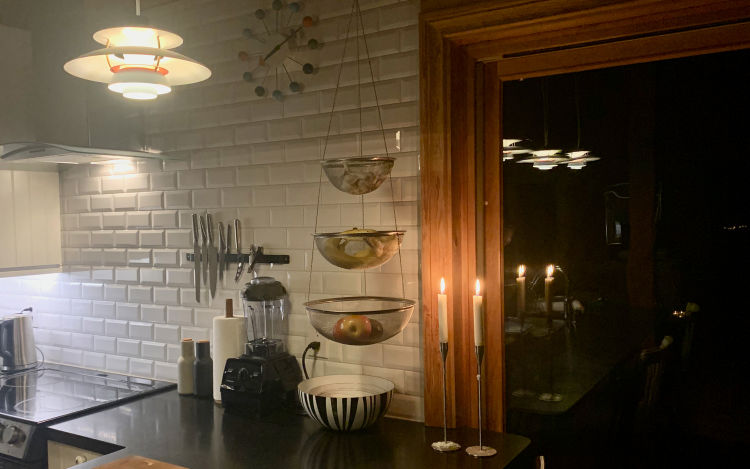
Hygge – Coziness and Comfort.
\ huge-guh \
"A quality of coziness and comfortable conviviality that engenders feelings of contentment and well-being." — Oxford Dictionary
ecobee Citizen: Hygge is new to most North Americans. Could you start by explaining your approach to hygge and how it informs your design decisions?
Johansen Keating: It’s true! When people hear about hygge they assume it’s all about people sitting around a fire sipping hot chocolate all day. That’s a part of it, for sure, but for us hygge is about the overall coziness we bring into homes and office environments.
Because the interior design decisions we make can either benefit or strain us, we start by asking ourselves, why do we feel more inspired when we’re walking in the forest? So, we think a lot about humans and how we feel, because we know that our surroundings affect our feelings and by extension our actions.
Our approach to hygge comes through in the types of materials and colors we choose, and the way we set it up. By adding more natural products—lots of woods, clay, and other earthy elements that bring comfort—we can help people focus. We add elements that won’t drain you.
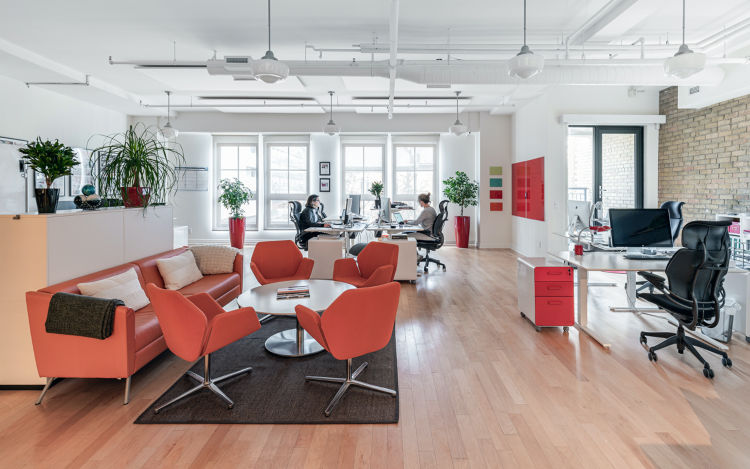
Arbejdsglæde – WorkJoy.
\ arh-byts=glae-the \
ecobee Citizen: Unlike hygge, which many of us have at least heard of, arbejdsglæde (work-joy) is a whole new, difficult-to-pronounce concept for folks on this side of the Atlantic. What is arbejdsglæde and how does it shape your work?
Johansen Keating: Working from home and setting up a place to work can be a challenging thing for many.
So, it starts with our wanting people to be happy at work—to take joy in their work. We believe people can have joy if they’re not drained at the end of the day by fluorescent lights and other regrettable design choices.
Arbejdsglæde is human-centered design: the recognition that workspaces are for the people who work in them and that people are way more productive when you set a stage they can perform in. So that’s really the philosophy behind it. This is something that’s totally ingrained in us because we have seen it happen!
ecobee Citizen: What are some low-cost ways we can inject hygge and arbejdsglæde into our homes and workspaces?
Johansen Keating: Here are the seven things that I always keep in mind whenever we do a renovation.
1.) Light
2.) Color
3.) Balance
4.) Nature
5.) Air
6.) Well-being
7.) Clutter
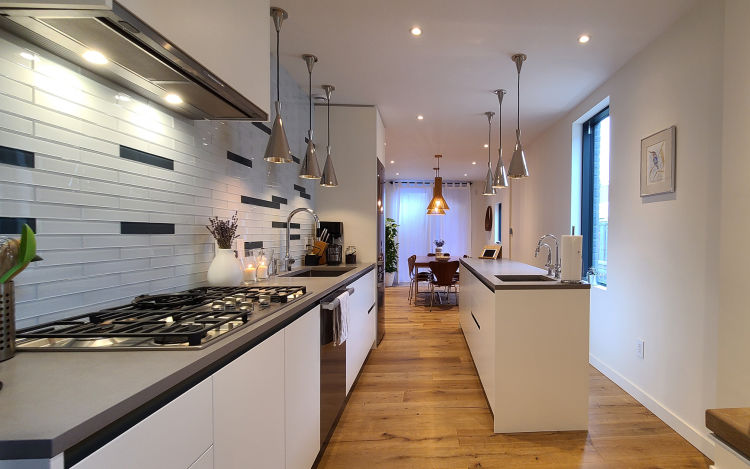
1. Light.
“You always want to take as much advantage of natural light as possible, so I always think a lot about how I can bring more in,” said Johansen Keating.
Short of installing new windows or skylights, Johansen Keating says to use lighter paint colors, especially on walls closest to windows. “Because a lighter wall won’t ‘steal’ light like a darker color will.”
Natural light is wonderful, but you also don’t want to be bombarded by the sun. Use curtains, blinds, and other window coverings to control the amount of light at different times of day. Close curtains and pull blinds for better comfort during summer heatwaves and winter cold spells.
Depending on the home, the space, or budget, it’s not always possible to get natural light in all directions; and, of course, there’s always nighttime; so, it’s equally important to think about your artificial lighting.
You always want to take as much advantage of natural light as possible, so I always think a lot about how I can bring more in.
“I sometimes see houses where you flip a switch and the whole main floor turns on. This is not just a waste of electricity, it also means you can’t set the mood you want,” said Johansen Keating.
Her rule of thumb is the more artificial lighting options you have, the better: “You’ll want to have variations of light in your space to create different lighting choices for different activities and times of day.”
She recommends installing dimmer switches and dimmable bulbs in high-use spaces to create ambience.
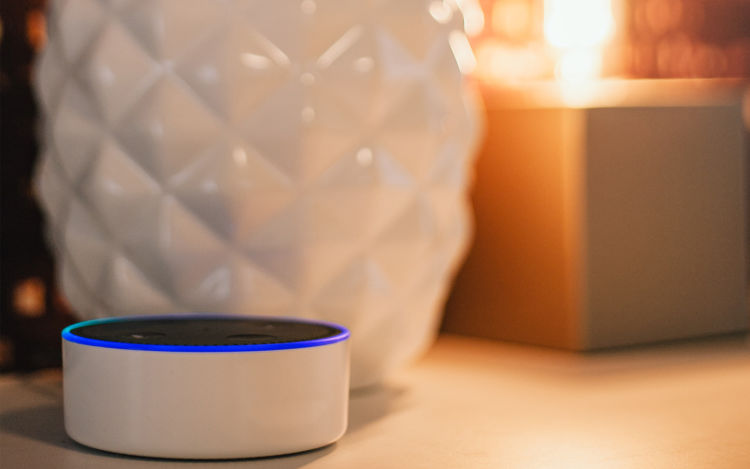
Master the mood with smart lighting.
Installing Wi-Fi-connected smart switches or bulbs can further refine your lighting experience. Group and label different lighting zones, entire rooms, or groups of rooms, and set up lighting schedules. Control it all from your smartphone.
For total ease of use, connect your smart lighting to a leading smart home ecosystem, like Google Home, Amazon Alexa, or Apple HomeKit, to set the mood with your voice.
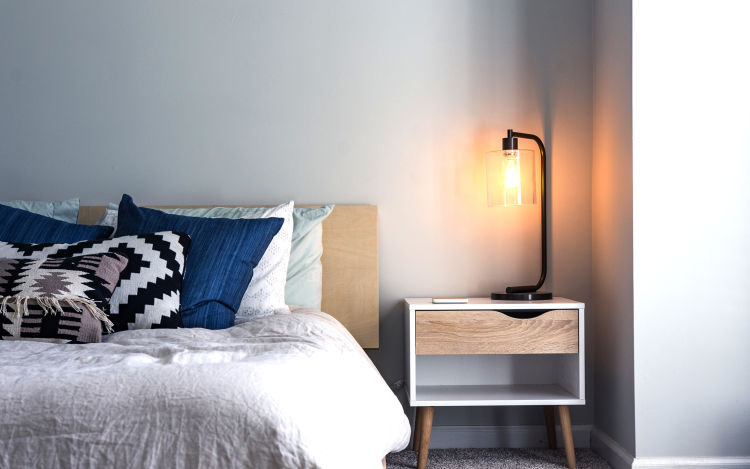
Light your home for calm.
To create a relaxing home-wide atmosphere, Johansen Keating recommends using low Kelvin (2700K) LEDs for main lighting in every room.
Fire emits a warm, yellow/orange glow, which adds to the hygge. If you don’t have a fireplace, candlelight is a great option, though Johansen Keating warns against overly scented candles.
On the other hand, because it promotes productivity and focus, cooler color temperature lighting is the right choice for tasks like reading, putting on makeup, and meal prep.
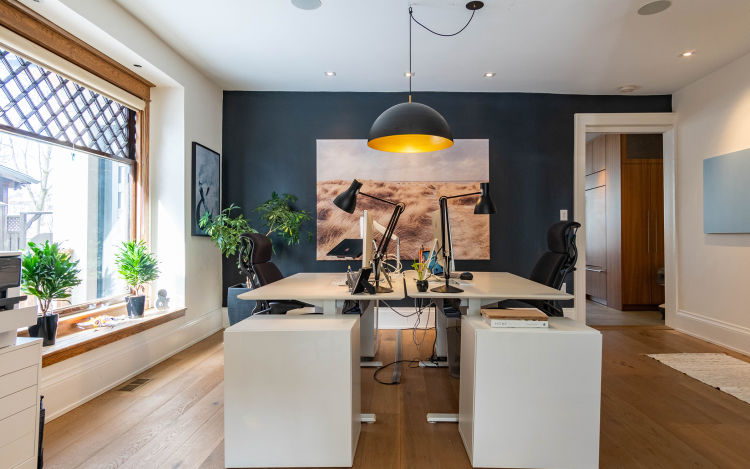
2. Color.
There are no hard and fast rules with color, but when painting a room, Johansen Keating says she mostly prefers light beiges and whites.
To add personality to a space, she makes frequent use of accent walls.
“Sometimes I’ll paint one wall black or light blue. But I wouldn’t paint the whole room that way because then it becomes too much of one element.”
Give prized artwork the emphasis it deserves by displaying it against a white or black backdrop. For a cohesive look, you can draw on the colors in your signature works for use in furnishings and home décor.
Johansen Keating says that you can give prized artwork the emphasis it deserves by displaying it against a white or black wall.
“It’s what you want to have the focus on. If I want a picture to stand out, I wouldn’t put it on a colored wall,” said Johansen Keating.
While neutral whites and pastel colors imbue a sense structure and focus (well suited for a home office), bright colors have gravitational pull—generating energy and engagement.
Johansen Keating suggests using the latter sparingly, and with intention; in general, save bright colors for the things you want to draw attention to, like a table centerpiece, artwork, or lighting and furniture focal points.
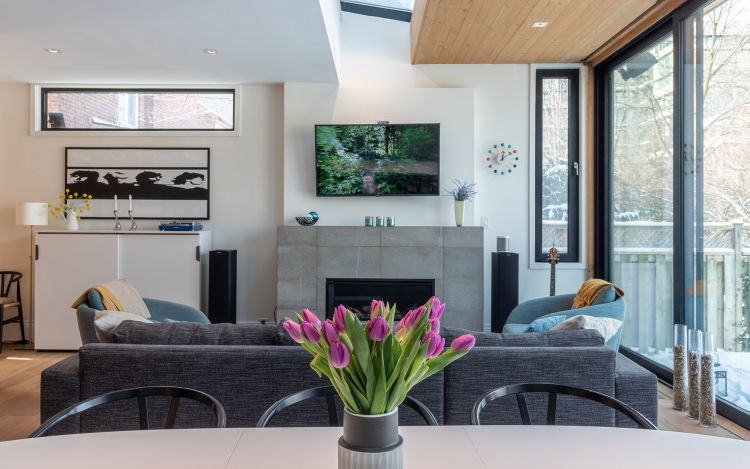
3. Balance.
When it comes to picking the colors and materials for your space, try not to overuse a single element.
“Some colors and materials are more calming and soothing than others, and yet they all serve a purpose,” said Johansen Keating.
For instance, if you have a lot of wood in your dining room, you can balance it by adding a contrasting element, like a white dining table. Add vibrancy to rooms with colorful accents on napkins, candles, pictures, flowers, and other home décor.
Some colors and materials are more calming and soothing than others, and yet they all serve a purpose
Johansen Keating suggests selecting fabrics with softer, natural fibres and colors and a few small doses of sharper accent colors.
Balance considerations also apply to shapes. If you have a lot of angular furniture in a room, introducing a soft-shaped piece like a round or oval-shaped coffee table will soften the overall feeling.

4. Nature.
Bring nature into the home with plants and other earthy elements to promote growth and joy.
“Plants are not only good for the air we breathe, they are joyful to be around,” said Johansen Keating.
There is such a thing as too much greenery: “Balance is key. You want to bring natural products into your home, but in doses, so that everything is balanced.”
And remember, “dead plants are the worst,” says Johansen Keating. “But if you can’t keep plants alive, artificial beats no plants at all.”
Use plants and earthy elements like wood, stone, and landscape photography to bring nature into your space.
If you want living plants in your home, but aren’t a green thumb, consult with a botanist (or the internet) to learn which plants thrive under different lighting conditions and for plant care tips.
Use other earthy elements like wood, stone, and landscape photography to bring more nature into your space. The poster-sized forest and beach scenes sold at Ikea are a low-cost way to spruce things up.
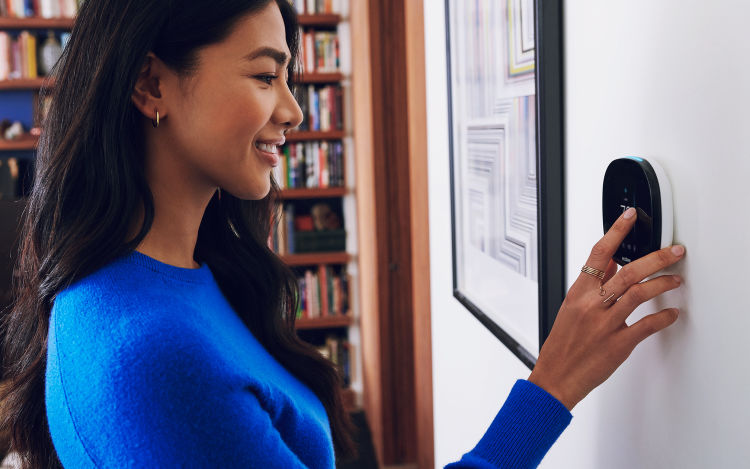
5. Air.
“Your system is actually very Danish,” said Johansen Keating referring to ecobee’s line of smart thermostats and remote temperature sensors. “We prize temperature control because people can’t thrive and flourish if they’re not comfortable.”
She recommends designing a smart thermostat schedule tailored to your daily activities: if you’re home during the day, set the temperature at a comfortable 72–75°F; the same goes for the evening; cool things down overnight, and save energy by using your equipment less when everyone is out.
I totally appreciate your system. From a design point of view, it's simple, functional, and it doesn’t waste energy, which is why we recommend ecobee.

Humidity.
If you have a forced air HVAC system, Johansen Keating recommends adding a humidifier to keep your home from becoming uncomfortably dry during the colder months. Plants also bring moisture into your home.
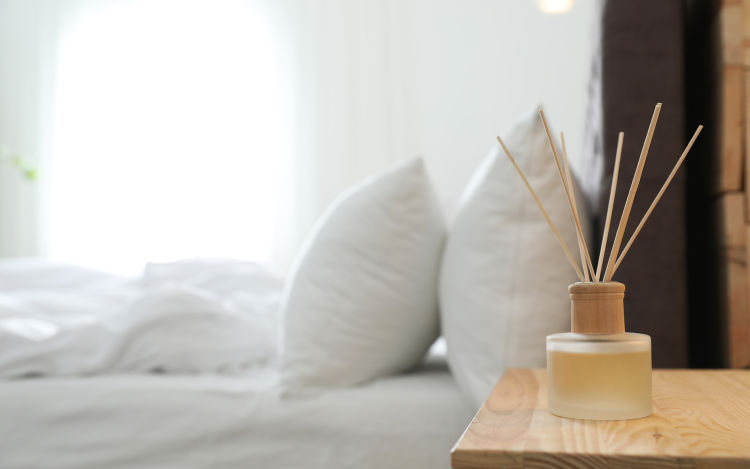
Scent.
At one time or another, everyone has experienced that feeling of being brought back in time by a certain smell.
Scent is powerful. Savvy retailers add pleasing aromas to their outlets to get us to stay longer and spend more money.
Johansen Keating says that scent can add to the hygge at home as well. She recommends sprinkling a tiny amount of lavender on pillows and towels or infusing your home with light doses of delightful natural smells like cinnamon or vanilla.
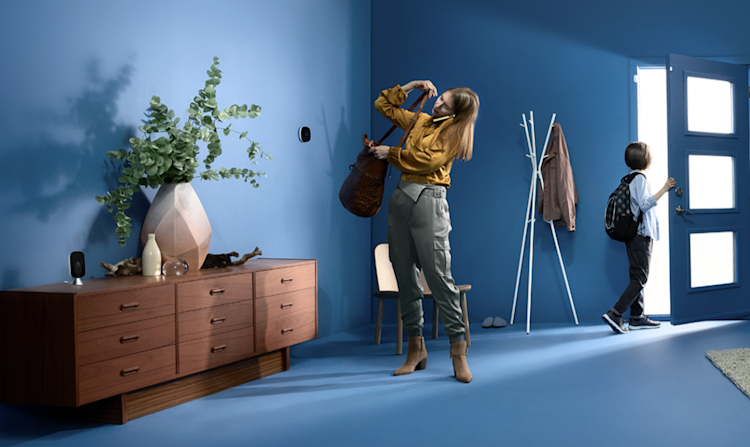
6. Well-being.
Your home is your oasis. Do you feel safe and protected in it?
“Adding a security system can ease anxiety and give you peace of mind,” said Johansen Keating.
The ecobee Home Security solution includes a smart camera with Alexa Built-in and four motion sensors. It comes with a two-month free trial of ecobee Smart Security, a powerful, low-cost home monitoring subscription. Smart Security works with ecobee devices to protect your family and property.
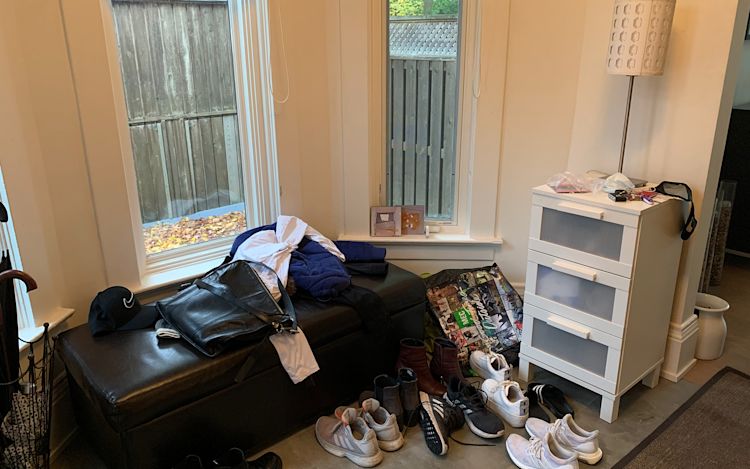
7. Clutter.
Clutter was already an issue in many North American households before the pandemic. Now, with more online shopping and fewer trips out, clutter is easier than ever to accumulate and harder to get rid of.
For Johansen Keating, winning the war against clutter is the first step to an improved homelife.
The fact that you can order stuff online and it just shows up on your doorstep has definitely added to the clutter problem during the pandemic.
She says that one of the biggest challenges in dealing with the problem is that we often don’t see the clutter in our own lives.
To get over this mental hurdle, she asks her clients to picture how it would feel to open their front door for the first time.
Try it yourself. Are you greeted by a tangle of shoes and laces, enveloping furniture, piles of clothes and half-finished projects, and other thieves of joy? Take stock of those feelings.
Now, imagine taking everything out and only bringing back in what you want. Do you feel lighter?
You should only have what you want in your house; the rest is just draining you.
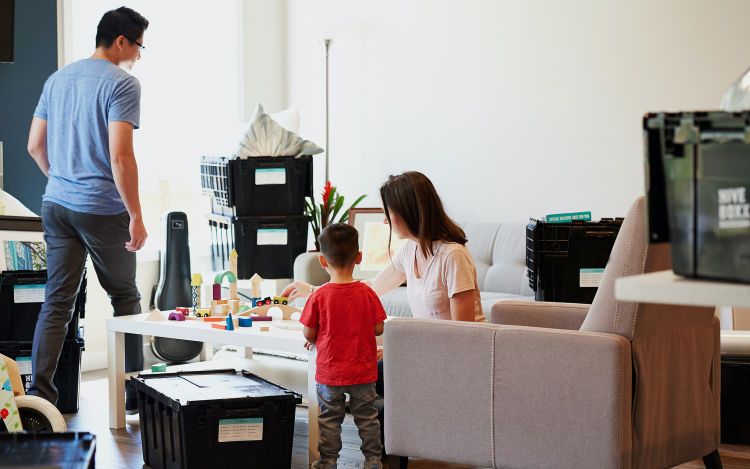
Clutter affects us all, including children.
Johansen Keating’s distaste for clutter is palpable—and personal.
In her native Denmark she was tasked with using interior design to lower noise levels at a number of daycares.
Johansen Keating would arrive to a typical daycare scene, walls painted in loud primary colors and a wide assortment of colorful toys scattered from one end of the room to the other.
“Kids are very active, and they should be,” said Johansen Keating. “We are sensitive to that.” Still, she could see how the design, or lack thereof, was creating a stressful environment for the children and educators—that it was too much.
When the cars go here, and the toys go there, and everything has its place, it creates more calmness for kids and adults, too
Johansen Keating brought in natural elements and earth tones to create a healthier space. “We’d cut down on the bright colors and decorate the walls with natural motifs, like a soothing springtime scene of flowers blooming.”
She pruned excess furniture and reorganized layouts to improve the flow of energy in the rooms.
“When the cars go here, and the toys go there, and everything has its place, it creates more calmness for kids and adults, too,” said Johansen Keating.
Indeed. Change the environment, change the outcome.
“A lot of us are drowning in stuff. Why not donate to someone in need? It feels so good,” said Johansen Keating.
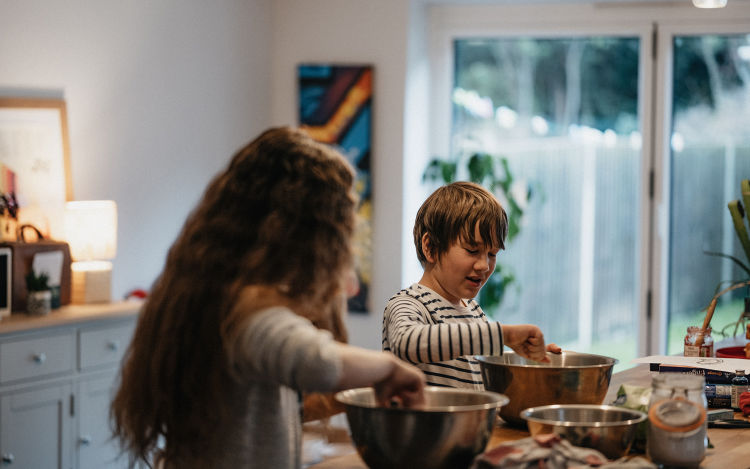
Even more ways to bring hygge and arbejdsglæde into your world.
Hygge (coziness)
-
Baking, cooking, eating, and just being together. Time with family should always feel special.
-
Make sure you have a nice, comfortable temperature or a blanket and warm tea or cocoa to snuggle up with.
Arbejdsglæde (work-joy)
-
Get up and move around frequently throughout your workday.
-
Always have a home base but create other nooks to shift to.
-
Take a walk.
-
Drink water.
-
Open a window for fresh air.
-
Invest in comfortable furniture.
-
Listen to music you enjoy.
-
When you peer up from your computer, make sure you are looking at something that gives you a good feeling inside.
About Mette.
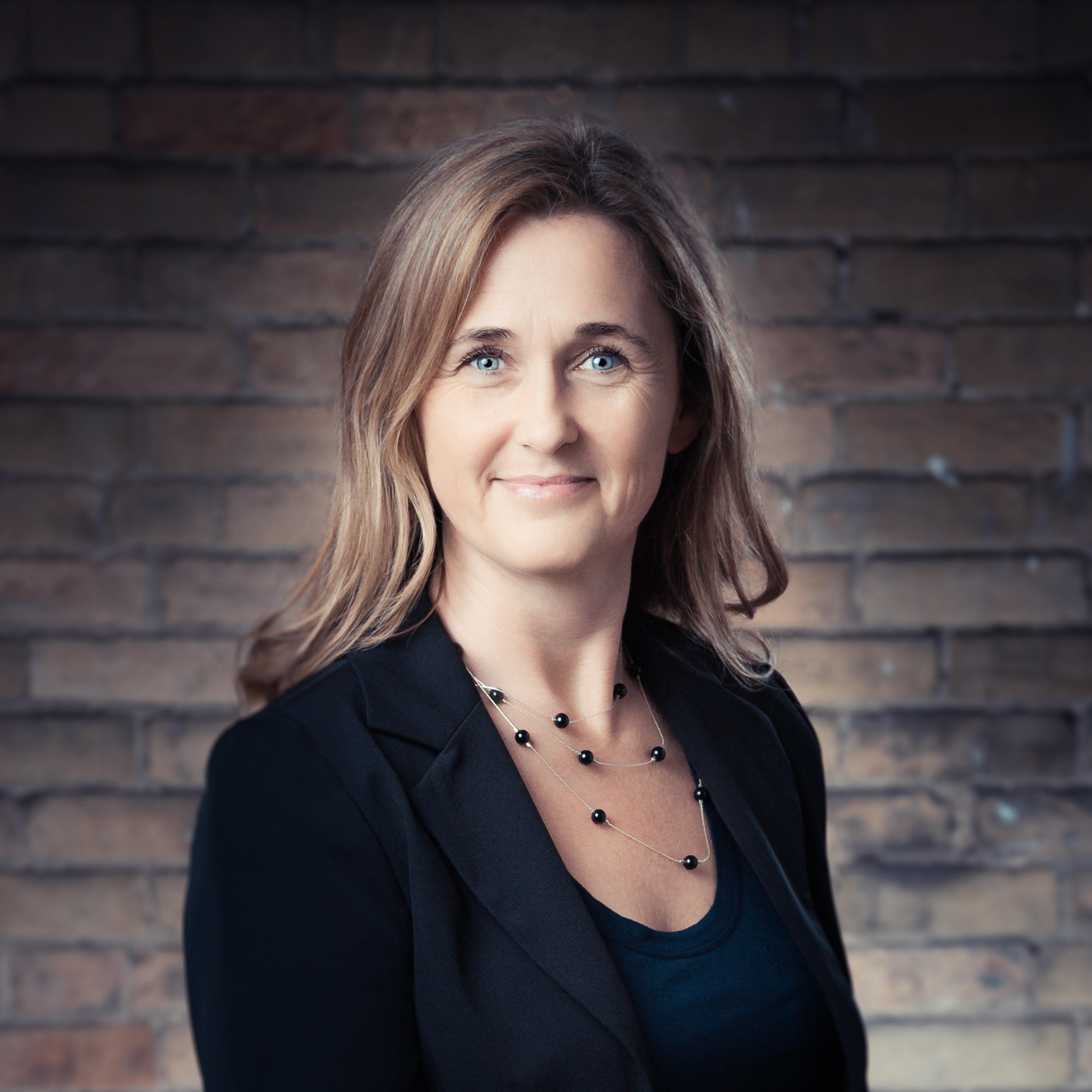
Mette Johansen Keating, founder and creative director of mettespace, is one of Canada’s preeminent experts in creating and designing outstanding offices, homes, and workplace spaces. Her roster of clients includes a wide array of today’s most progressive companies and organizations including technology innovators Mozilla, WattPad, and VarageSale, Canada’s top tour company, G Adventures, as well as Sun Life Financial, the University of Toronto, the National Ballet of Canada, the Centre for Social Innovation, and the Danish Consulate.
Mette has discovered that many organizations develop a strong vision without factoring in their workspace as a reflection of those ambitions and goals. “Your office is a hidden resource,” Mette says. “It is a key component to support your growth. It is how you attract and retain top talent. It is also a stage for your brand and how it sells to your clients and customers.” In taking a human-centered approach, Mette is able to bring a workplace to life resulting in strong market appeal, great employee engagement, and wellness, and as a result, a more dynamic and productive working environment.
Did you enjoy this article?
Thanks for letting us know!


